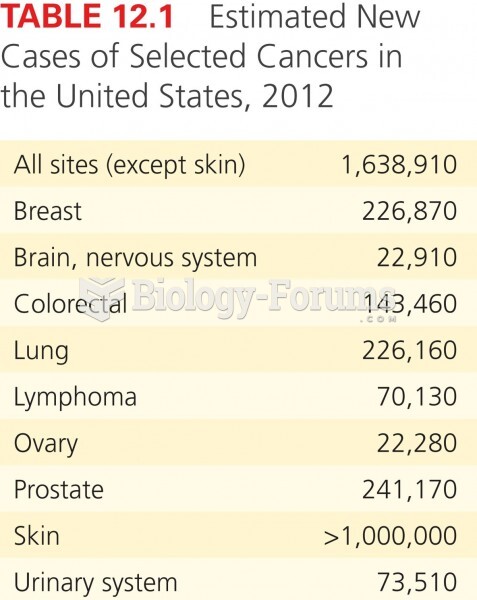|
|
|
Did you know?
Vampire bats have a natural anticoagulant in their saliva that permits continuous bleeding after they painlessly open a wound with their incisors. This capillary blood does not cause any significant blood loss to their victims.
Did you know?
The familiar sounds of your heart are made by the heart's valves as they open and close.
Did you know?
In 1864, the first barbiturate (barbituric acid) was synthesized.
Did you know?
Excessive alcohol use costs the country approximately $235 billion every year.
Did you know?
People about to have surgery must tell their health care providers about all supplements they take.







